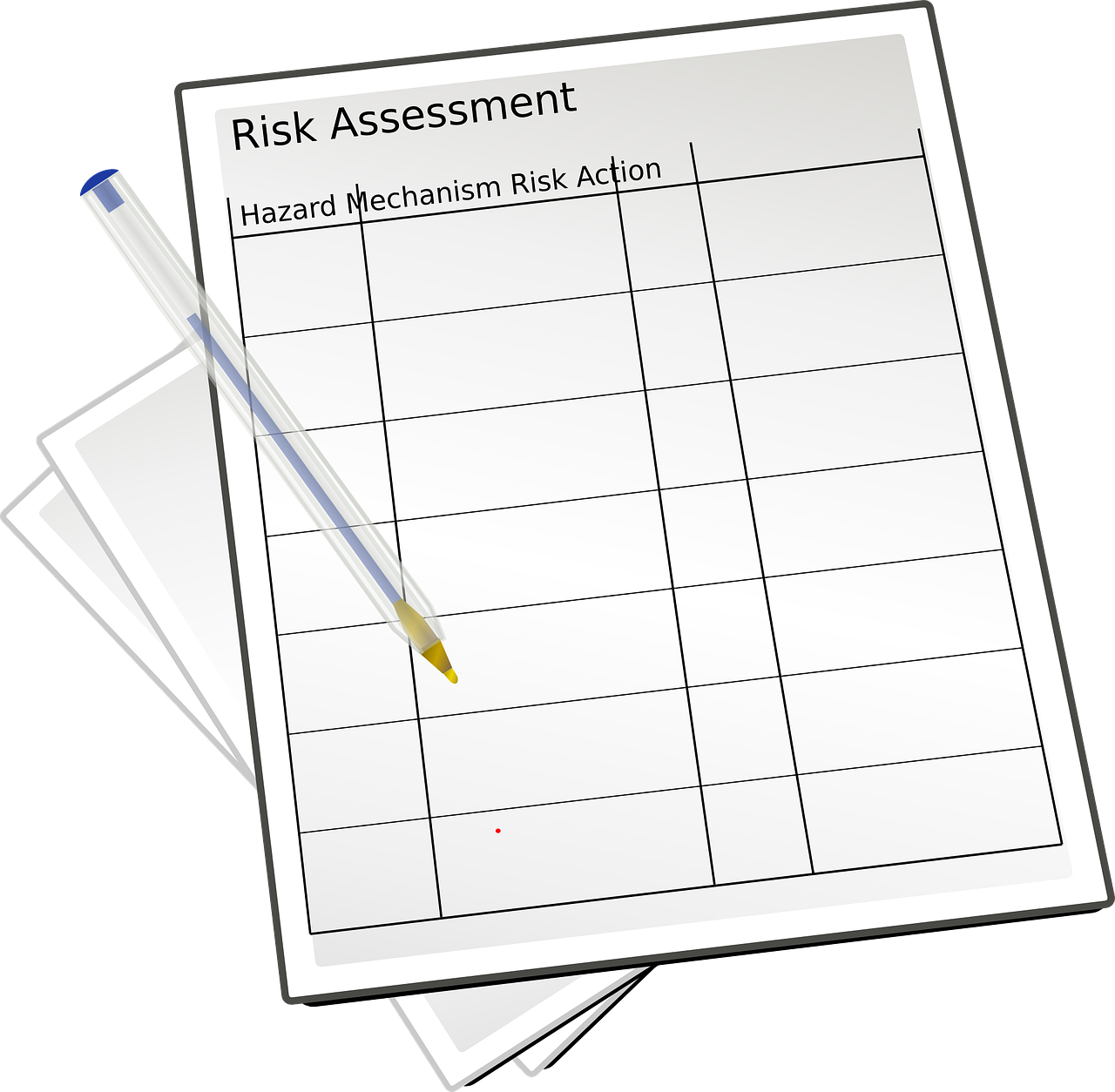Firefighters put their lives on the line every day, facing unpredictable dangers and demanding situations. Equipping them with the right tools, training, and programs is paramount to their safety and effectiveness. But with limited resources and ever-evolving challenges, identifying the most urgent needs can be complex. This article explores key areas fire departments should assess to ensure they are prepared for the present and the future.
1. Equipment:
- Modernized personal protective equipment (PPE): Advancements in technology offer lighter, more durable, and heat-resistant gear, improving firefighter safety and mobility.
- Specialized equipment for emerging threats: Wildfires, hazardous materials incidents, and urban search and rescue require specific tools and vehicles that may not be readily available.
- Data-driven decision-making tools: Real-time information on fire behavior, building layouts, and hydrant locations can be crucial for strategic firefighting.
2. Training:
- Continual firefighter training: Regular drills, simulations, and scenario-based exercises keep skills sharp and prepare firefighters for diverse situations.
- Specialized training for new threats: Equipping firefighters with specialized knowledge in areas like hazardous materials, confined space rescue, and trench collapse is essential.
- Mental health and wellness training: The psychological demands of firefighting can be significant. Training in stress management, resilience, and peer support can improve mental well-being.
3. Programs:
- Community outreach and education: Educating the public on fire safety and prevention reduces fire risks and saves lives.
- Data analysis and risk assessment: Analyzing fire data can help identify high-risk areas and target prevention efforts effectively.
- Recruitment and retention programs: Ensuring a steady pipeline of qualified personnel requires proactive recruitment and strategies to retain experienced firefighters.
Prioritizing Needs:
It’s crucial to prioritize needs based on:
- Community risk assessments: Identifying the most common fire hazards and potential emergencies faced by the community.
- Budgetary constraints: Striking a balance between essential needs and available resources.
- Collaboration with stakeholders: Engaging firefighters, community members, and elected officials in the decision-making process.
By continuously evaluating needs and implementing strategic solutions, fire departments can ensure they are well-equipped to protect their communities and keep their firefighters safe. Remember, investing in these areas is not just about acquiring equipment or training; it’s about investing in the lives and well-being of those who serve on the front line.
Additional Considerations:
- Grant opportunities: Exploring federal and state grants can help secure funding for essential equipment and programs.
- Public-private partnerships: Collaborating with businesses and community organizations can share resources and expertise.
- Technology advancements: Staying informed about new technologies that can improve efficiency and safety in firefighting operations.
By taking a proactive and strategic approach to identifying and addressing their most urgent needs, fire departments can build a foundation for success and ensure they are prepared to serve their communities effectively for years to come.



